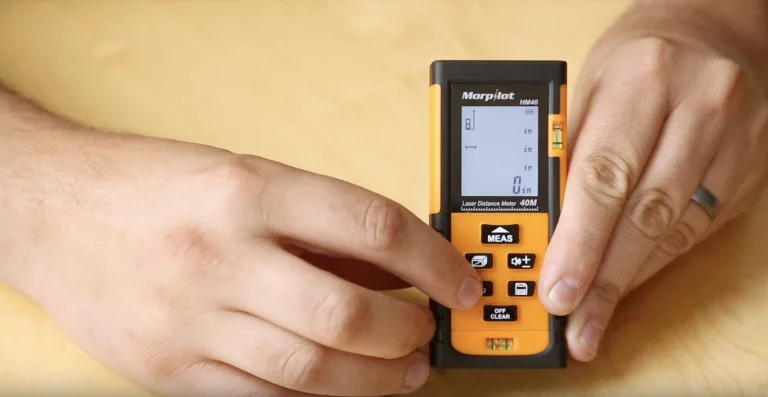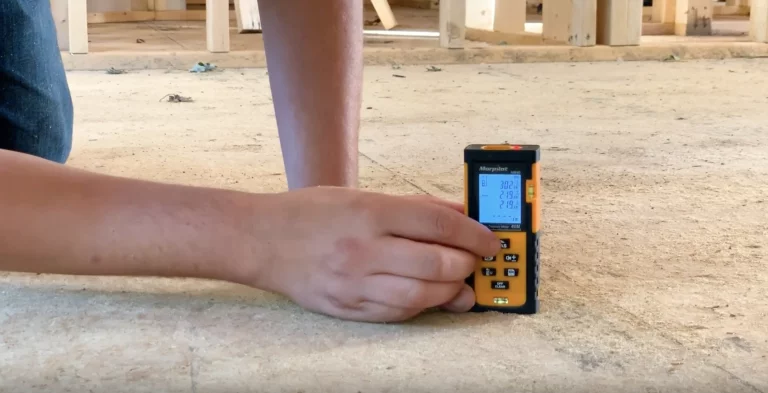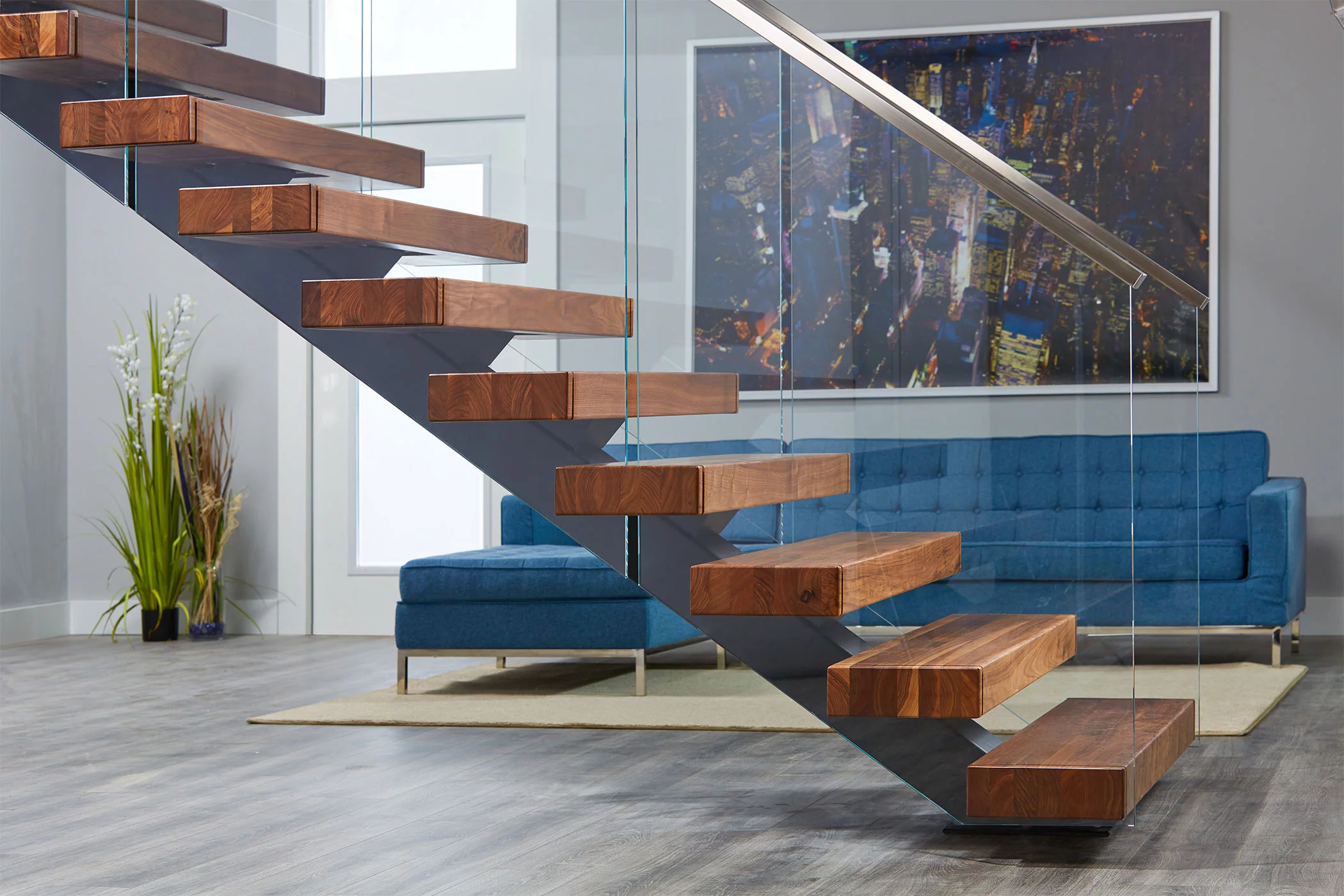Table of Contents
What are Floating Stairs?
Floating staircases are designed to conceal their support structure, creating the illusion that the steps are suspended in mid-air. This sleek design is perfect for open-concept spaces, reducing visual clutter and maximizing floor space to create a more open and airy atmosphere. Ideal for modern interiors, floating stairs effortlessly combine style and practicality.

Floating staircases offer versatile design possibilities, perfect for both indoor and outdoor environments, from residential homes to commercial properties. They pair elegantly with glass, cable, or rod railings, with certain elements seamlessly integrated into the posts to enhance the floating illusion. The mono-stringer staircase has become a prominent feature in contemporary interiors, admired for its sleek, minimalist appearance. When designed thoughtfully, it elevates spaces into architectural works of art, creating a brighter, more expansive feel.
How Are Floating Stairs Supported?
How to Install Floating Stairs
When it comes to do-it-yourself projects, you’ll find it easier to install a floating stair with a metal stringer. It’s recommended to have at least four people involved in the installation process, as the stringer itself weighs around 300 pounds.
If you’re installing a floating staircase without a stringer, the process becomes more complex. Take extra care to ensure that your staircase is code-compliant. For installation without a stringer, floating stair treads are typically fixed or pegged directly into the wall using a reinforcing metal frame or prefabricated anchoring pockets.
How to Measure for Floating Stairs
Whether measuring floating stairs for a remodel or new construction, the process is always unique. With the right tools, it’s easy to do on your own! Later in the process, you’ll need more specific design measurements, but to prepare for your floating staircase installation, you only need these few initial dimensions.
Here are the two tools you’ll need:
A Standard Tape Measure. Make sure you’re looking at the inch designations, not the metric markers.
A Laser Measurement Tool. This device can measure from the front or back. Just verify that it’s set to measure in inches..

The first measurement is the most crucial. Use your laser measurement tool to measure from subfloor to subfloor. Next, use the back of the laser to measure from the header to the adjacent wall.
A subfloor is typically made of plywood or OSB (Oriented Strand Board). It’s a structural layer laid over your joists, providing a base for your finished floor.
A header is the framing piece on the second floor where the top riser of the stairs is secured. Look for the piece of wood running across the wall opening.

Use the back of your laser again to measure space constraints, such as ceiling height and the run of the stairs. For an accurate ceiling measurement, ensure your laser is hitting a joist—one of the small supporting beams in your ceiling. Use a standard tape measure to determine the height of the header, and be sure to include the height of the subfloor.
A space constraint refers to any limitations or obstacles around your staircase, such as the ceiling, adjacent walls, doors, windows, or floor openings below the stairs (like a landing or another stairway leading down).
The run of the stairs refers to how far your stairs extend into the room. This measurement starts at the header.
A joist is typically made of timber or steel. You’ll find these supporting beams in the rough draft version of your ceiling or flooring.

Switch back to your laser to measure the floor opening beneath the stairs. Ensure you’re measuring from the header to the next floor joist, not just the length of the opening in the subfloor. Finally, use the back of the laser to measure the length and width of the opening.
A floor opening refers to the gap in the floor beneath the staircase
Are Floating Staircases Safe?
Yes, floating stairs are just as safe, if not safer, than traditional staircases. They must adhere to specific code requirements (check with your local code official for your state’s regulations). As long as the installation follows these codes, your floating staircase will be safe.

Some people worry about installing floating stairs if they have children. However, there are several ways to make a floating staircase more secure and child-proof. If you have young ones, consider one of the following options:
How much weight can a floating stair hold?
When our treads were tested by NTA (a local testing agency), it took over 2,000 lbs to pull a single tread off its bracket, and over 3,000 lbs to cause any actual damage to the treads themselves. According to international building code requirements, each stair step must be able to bear at least 300 lbs of concentrated weight. Floating stairs are no exception, and fortunately, our floating stair treads exceed that requirement.

How Do Floating Stairs Work?
Open Riser Staircases
The Open Riser Staircase is a variation of the floating staircase that features no riser. It is supported by a stringer or beam. Cantilever, mono-stringer, and spiral staircases are often classified as open riser staircases. These systems are known for their intricate designs and typically feature special open riser stair treads to pair with the supporting stringer or beam.
Cantilevered stairs
Cantilevered stairs function by attaching only one end of each stair tread to the wall. The other end either floats free or is secured to a glass rail or posts to support the handrail. Cantilevered stair treads can be fixed to the wall in various ways — using a metal frame, pockets in the wall, or, on rare occasions, a single stringer attached to the wall.
Metal stringers
Metal stringers provide the backbone for the entire floating stair configuration. Traditional staircases typically use two wood stringers, one on either side of the flight of steps. In contrast, floating staircases use a metal stair stringer to support the staircase from the bottom. Depending on the design, a floating stair may use a single or double stringer.
Waterfall stairs
Waterfall stairs are created by running carpet all the way down the staircase. Unlike the Hollywood method, the carpet is not wrapped around the nosing of each tread. Instead, it’s simply tacked into place. This method works well for staircases that require thicker carpets, which would be difficult to tuck around the nosing of the treads.
The Metal Stair Stringer
This method involves attaching thick stair treads to a single, steel mono stringer. The treads are bolted and the mono stringer can be completed with various railing systems — from cable to rod to glass. The prefabricated straight stair is an increasingly popular design in modern, minimalist homes.
Codes For Floating Stairs – In the Us & Most Extreme Codes

Since each state may have its version of floating stair codes, homeowners need to research and ensure their open staircase complies with local regulations.
If you’re unsure where to begin, the International Residential Code (IRC) is a great place to start. This code is widely adopted across the United States (in 49 states) and outlines the minimum standards for one- and two-family homes with fewer than three stories.
Commonly Accepted IRC Staircase Regulations
The 4” Sphere Rule
Balusters must be spaced closely enough so that a 4” sphere cannot fit through them. While many believe this rule applies to every space on a balustrade, there is an important exception.
The 6” Sphere Rule
This rule allows certain balusters, particularly those at the spandrel (the triangular space at the back of the tread), to be spaced slightly wider.
Rise and Run Dimensions
Building codes state that treads should have a maximum rise of 7 ¾” and a minimum run of 10”.
Tread Width
Most building codes require a minimum width of 36” between each tread for proper safety and comfort.
Handrail Requirements
If your open-riser floating staircase has more than three risers, a handrail is required. The minimum handrail height is 34”, and the maximum is 38”, with 36” being the standard height.
It’s always wise to check your local building codes, but the IRC offers a solid foundation for understanding staircase requirements. By ensuring your floating stairs meet these regulations, you’ll have a stylish yet safe design.
How Do Floating Stairs Work?

Where is the Stringer Located?
A floating stair stringer is positioned beneath the treads and railing. Securely attached to the floor and the header board, it serves as the backbone of the entire stair system. Each metal stringer comes with special tread brackets, which are affixed to the stringer to support the stair treads. The wood treads are then bolted onto the stringer.
What is the Function of the Stair Stringer?
The stair stringer (whether a mono or dual stringer) is designed to support the weight of the entire floating stair system. Weighing in at 300 lbs of solid metal, the stringer holds the treads and railing, creating the illusion of a staircase seemingly floating in mid-air.
Metal Stringer Testing
Building codes mandate that each stair tread attached to the stringer must support at least 300 lbs of concentrated weight. Our product has been rigorously tested by NTA, a local testing agency, and can withstand over 3,000 lbs of pressure before showing any significant damage. This demonstrates that our stair treads hold up to more than 10 times the required weight, ensuring compliance with code standards.
Store Information
- 60, 29th Street, San Francisco, CA 94110, United States
- (+00) 123-456-789
- demo@example.com
